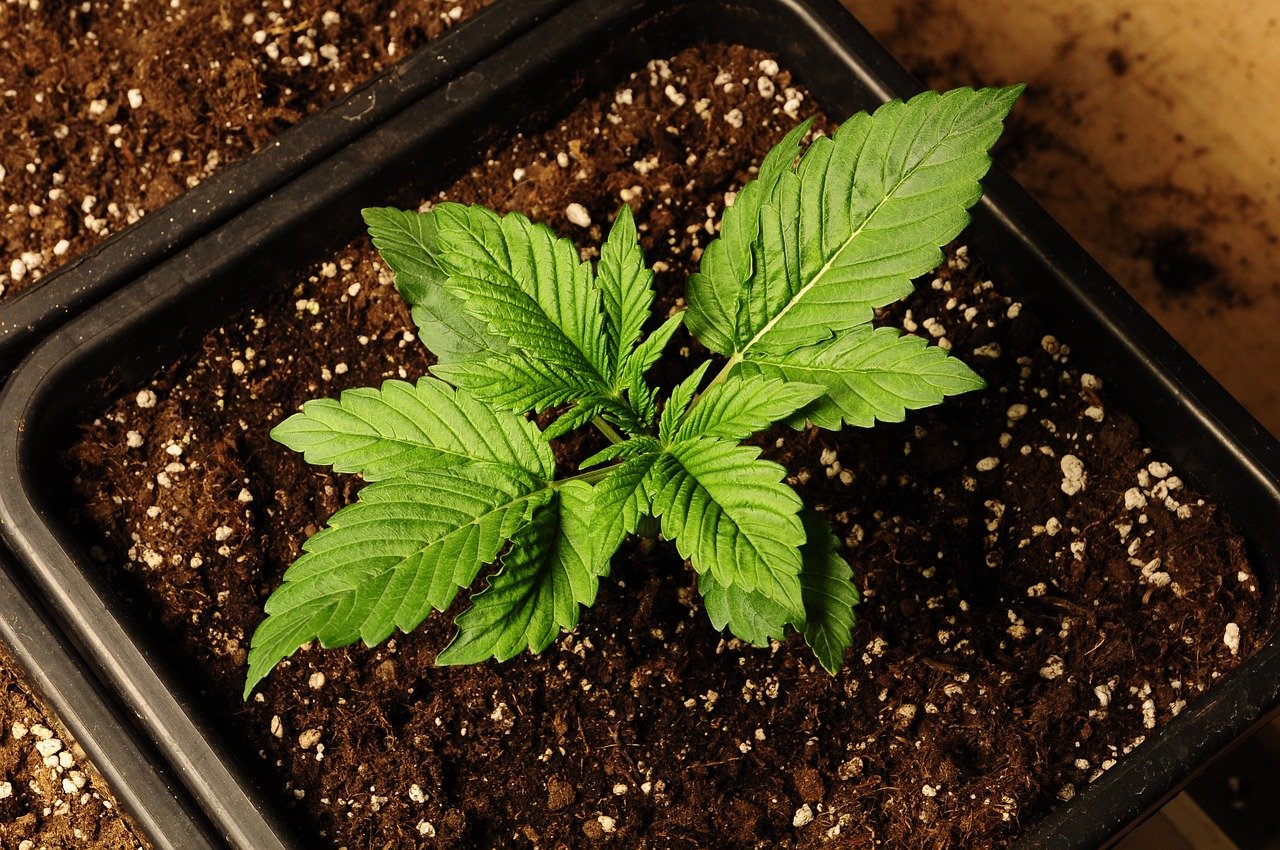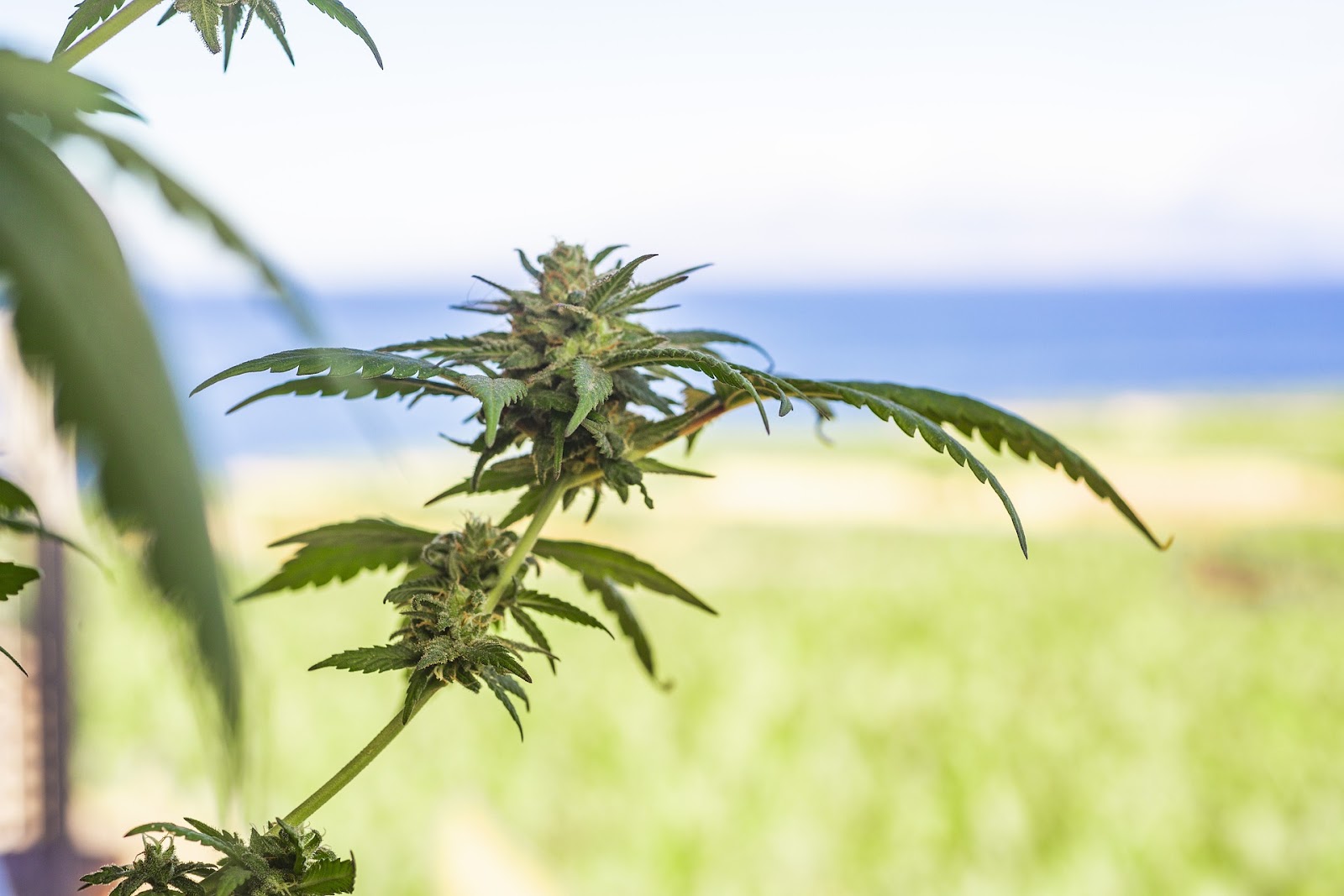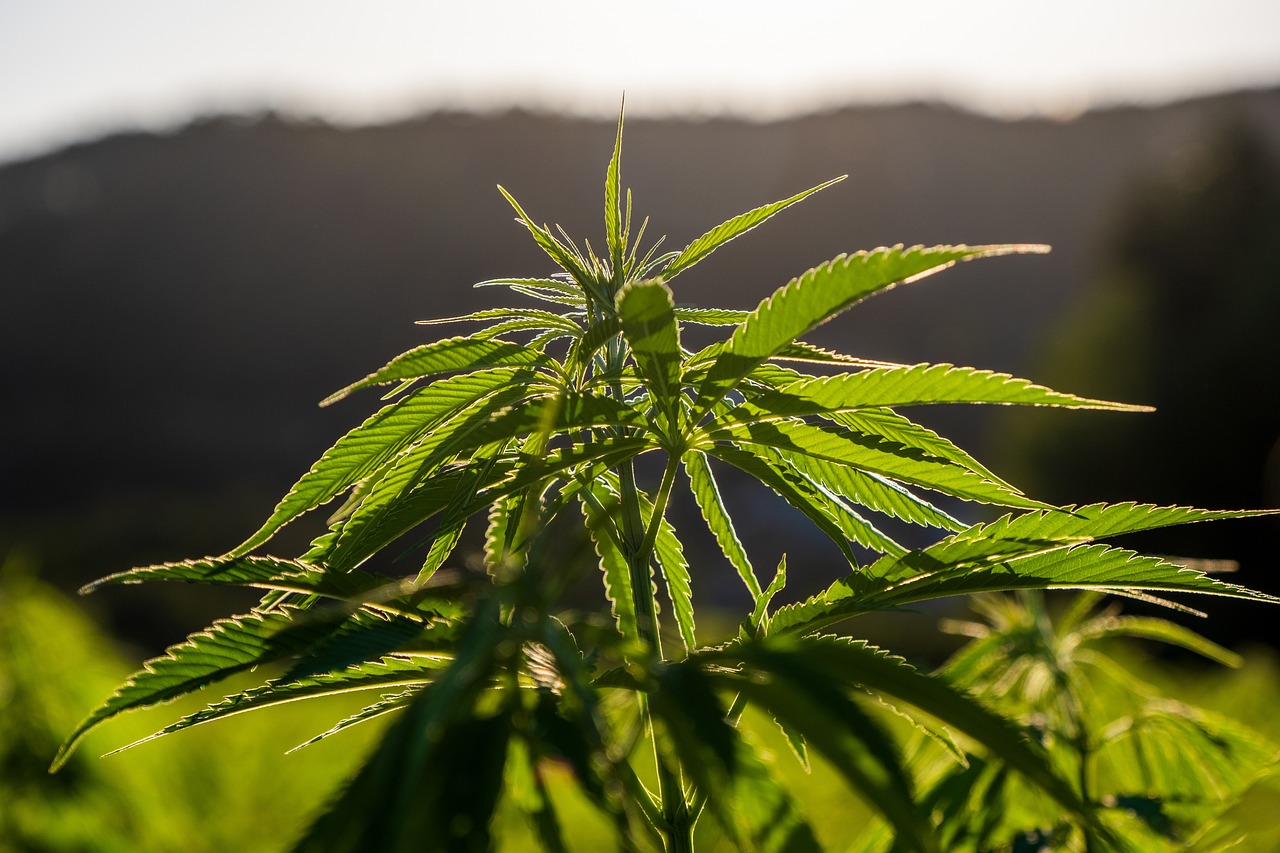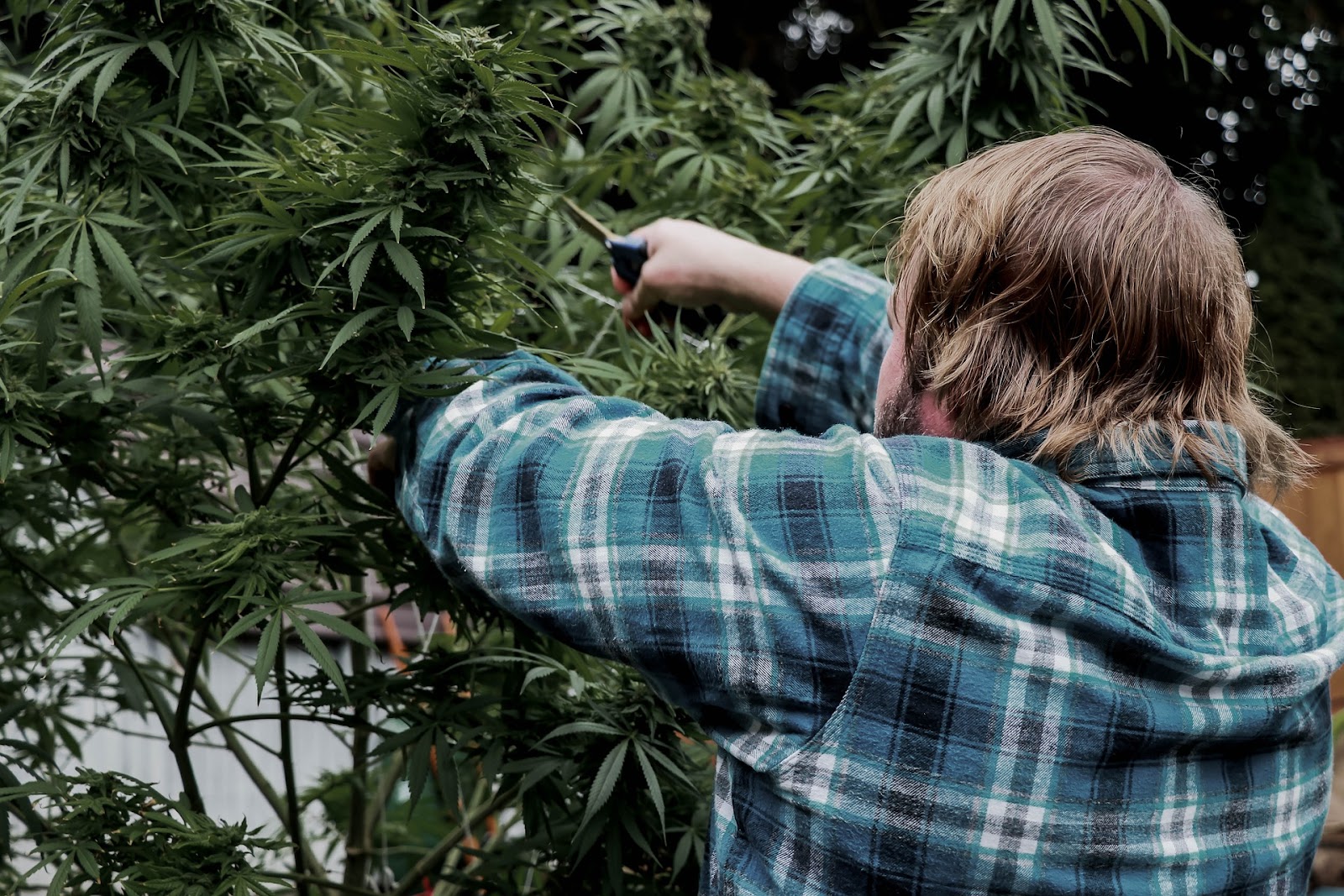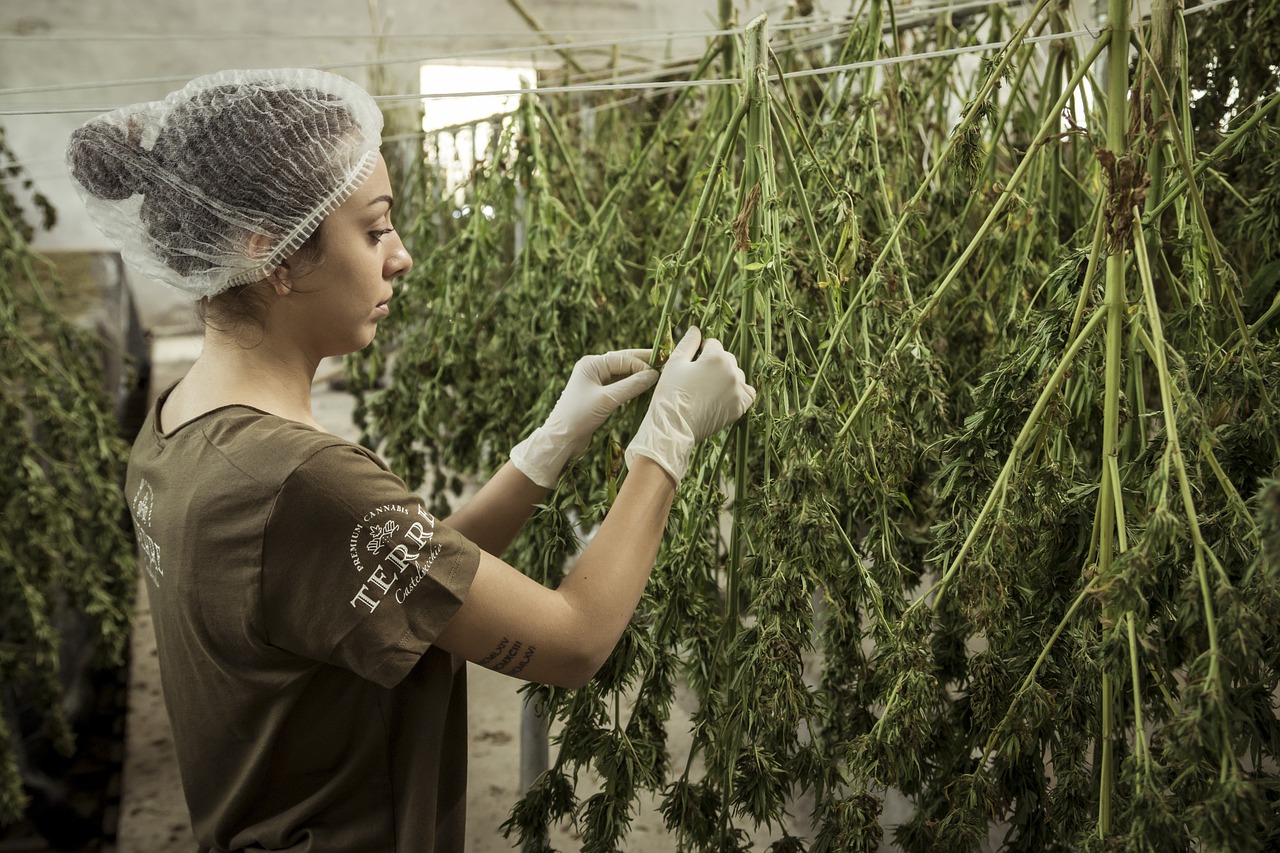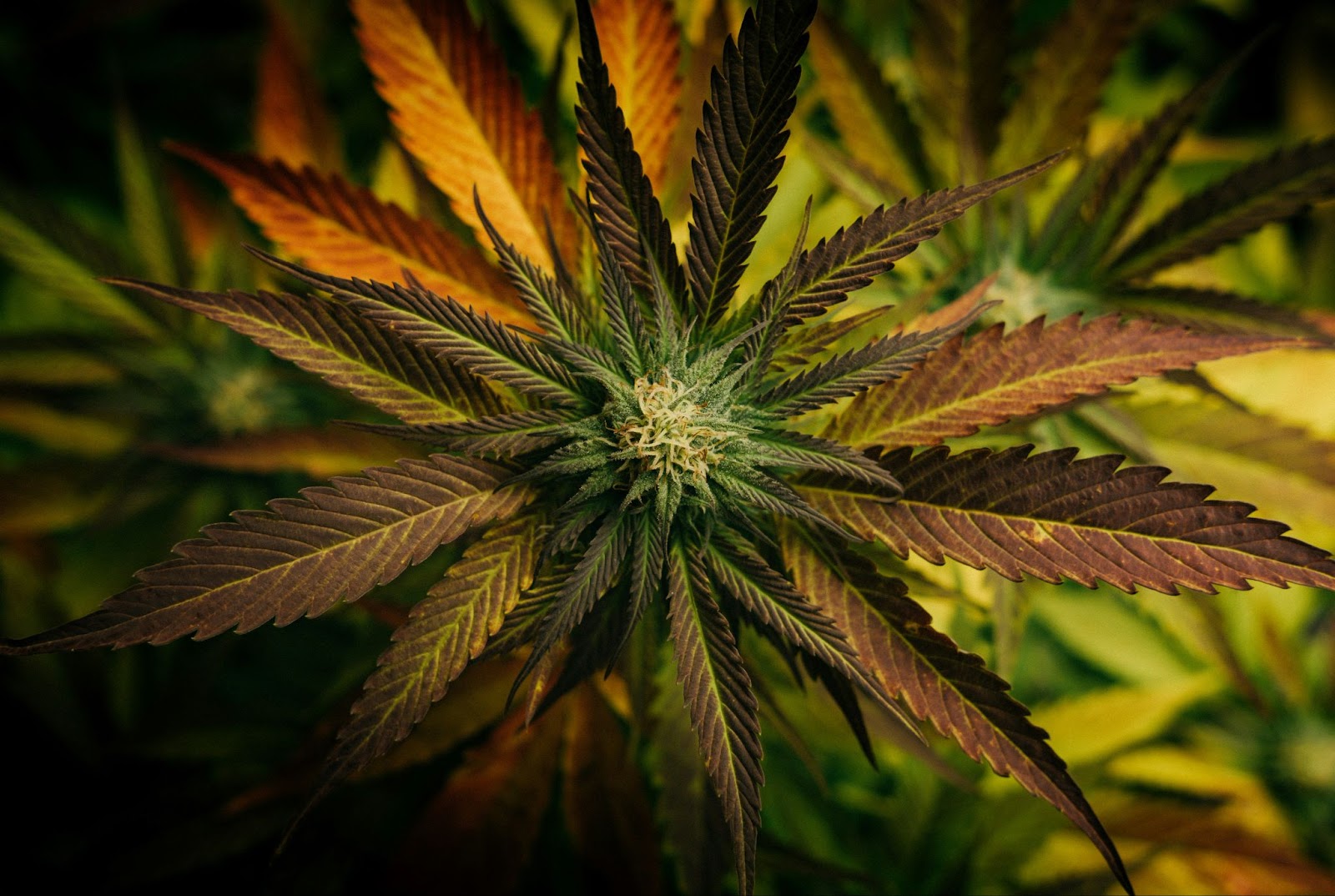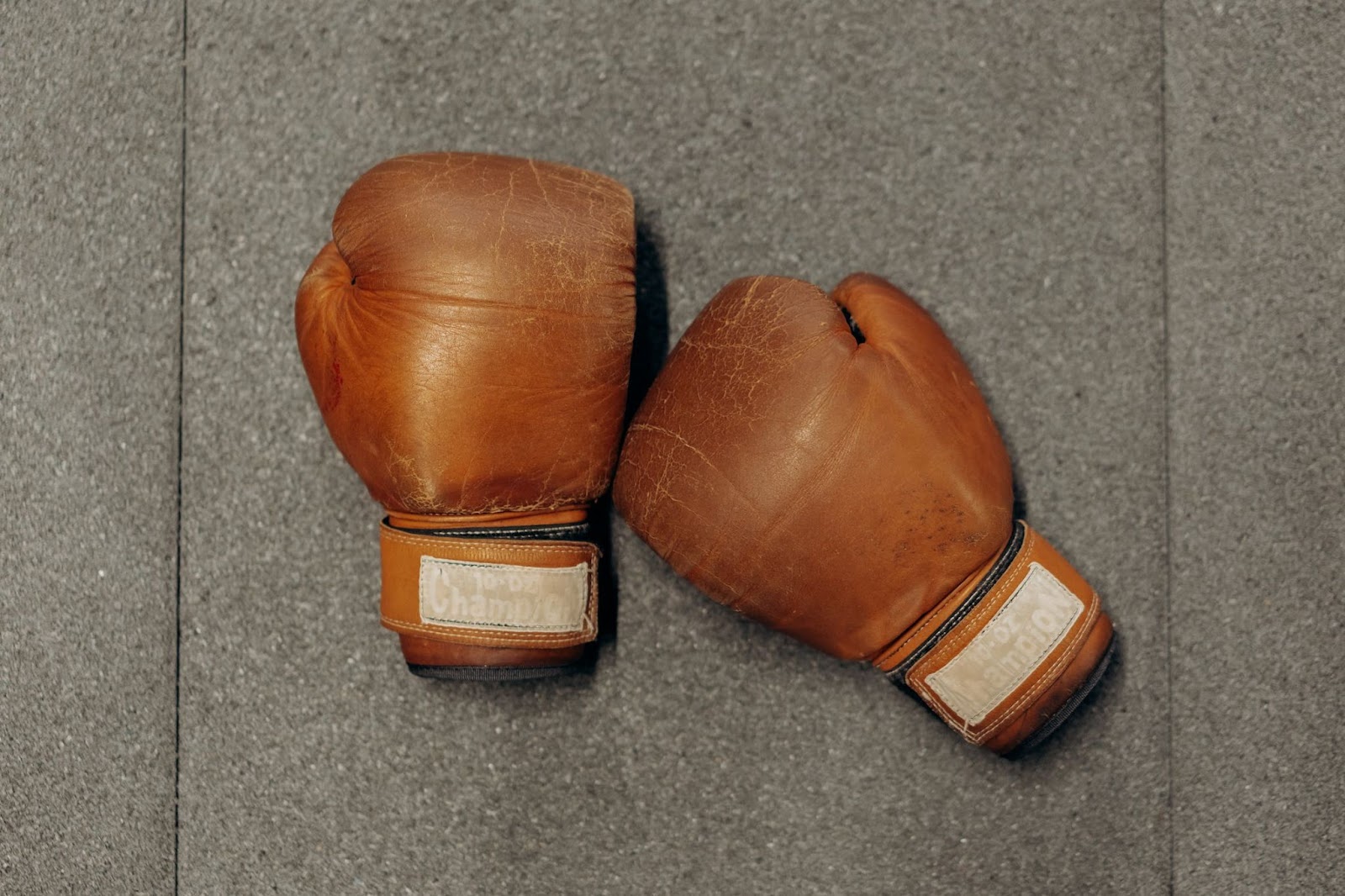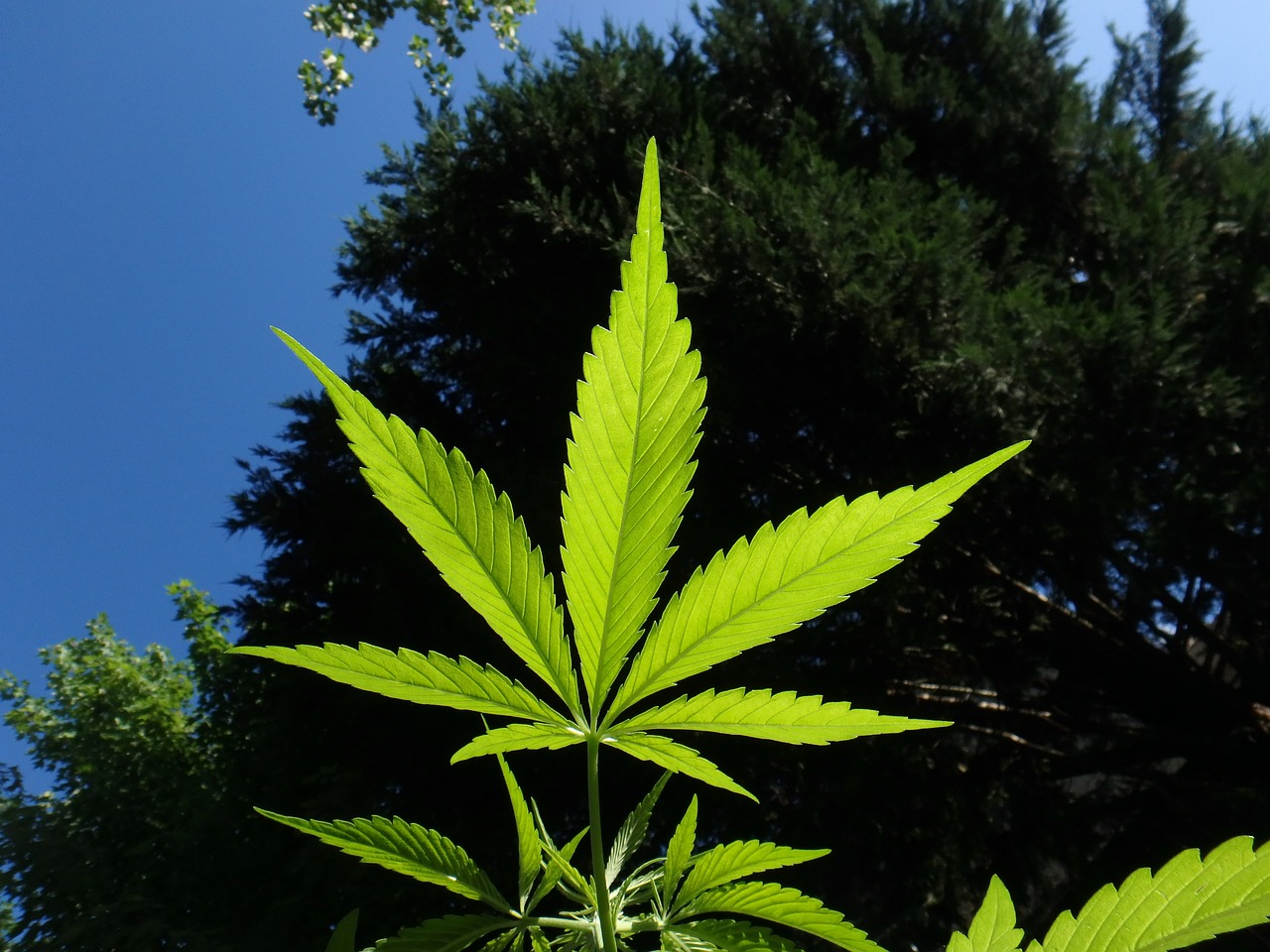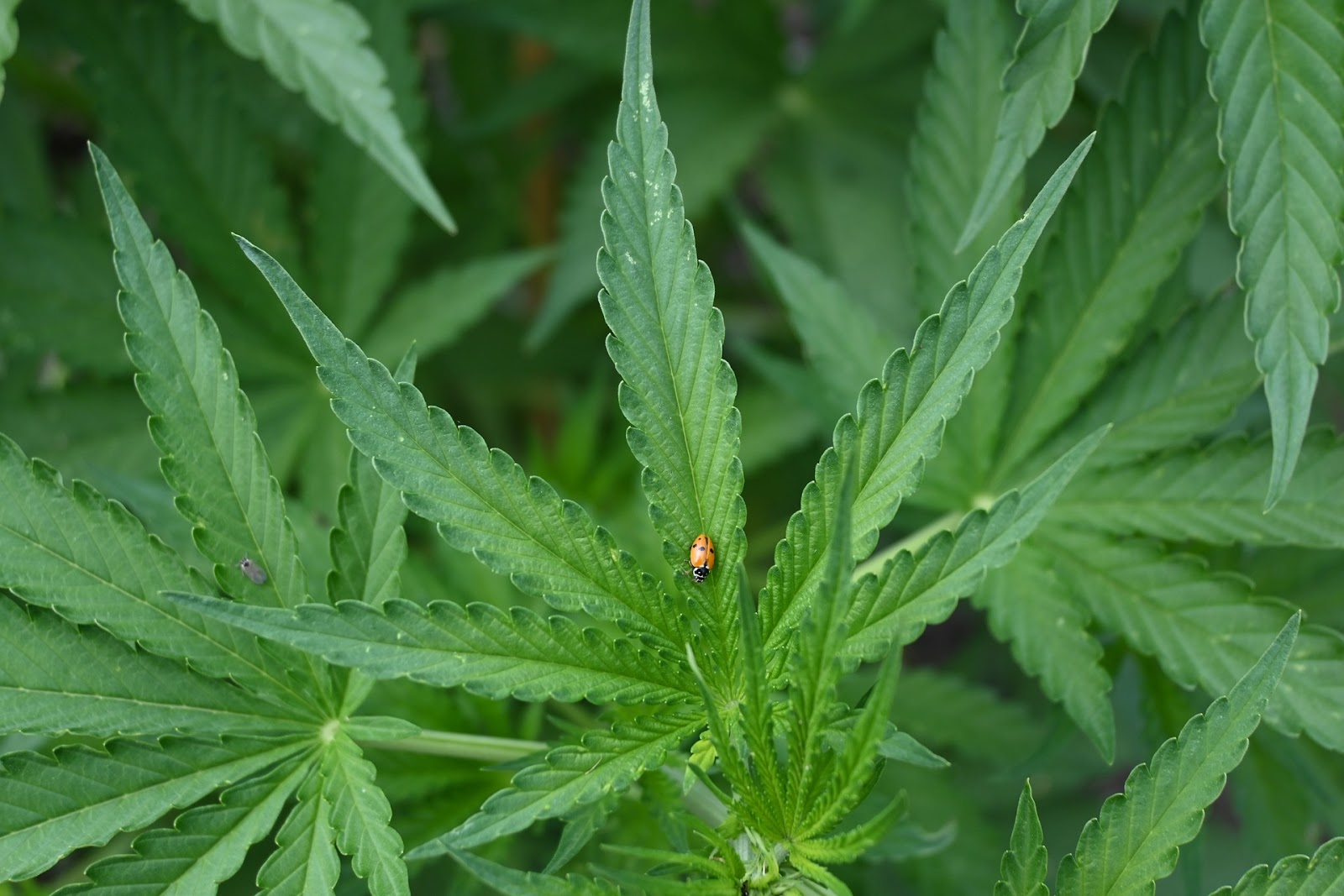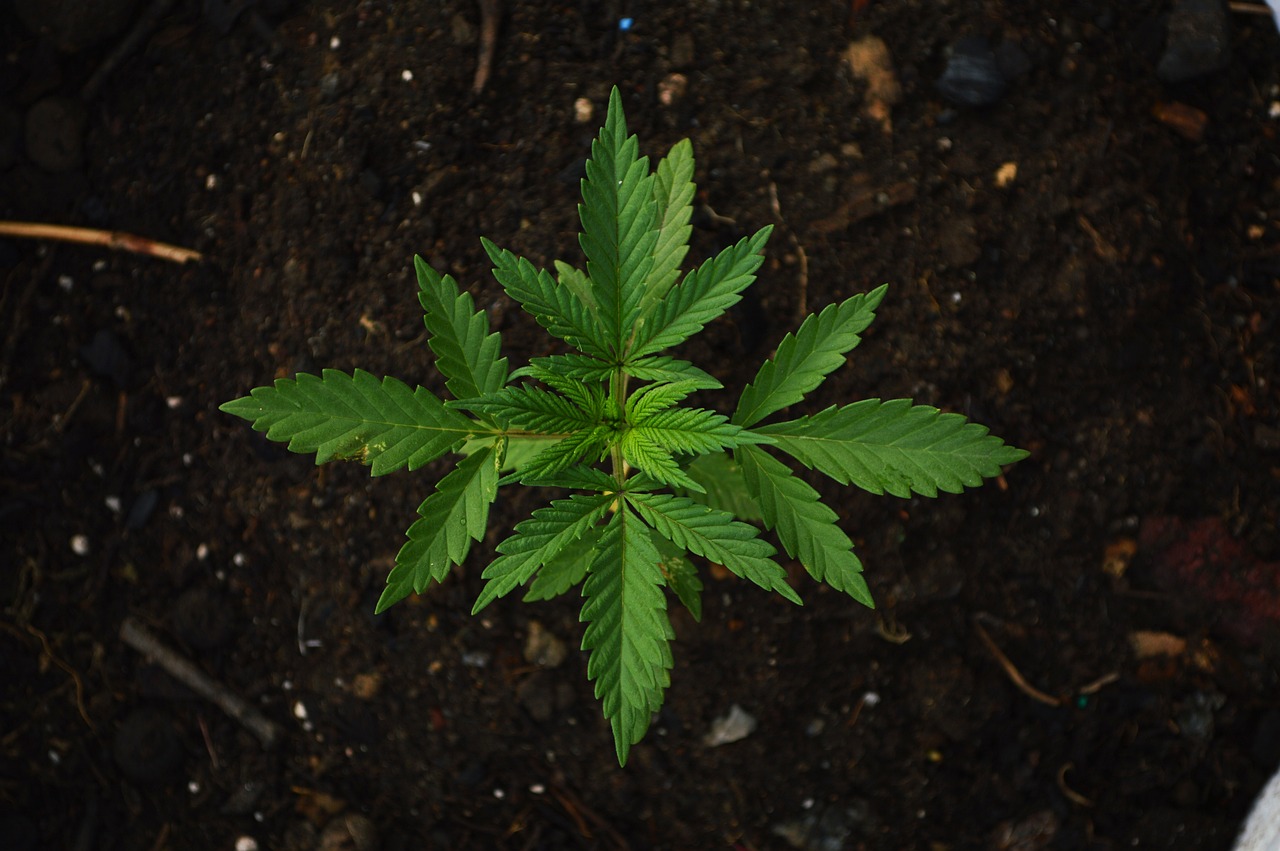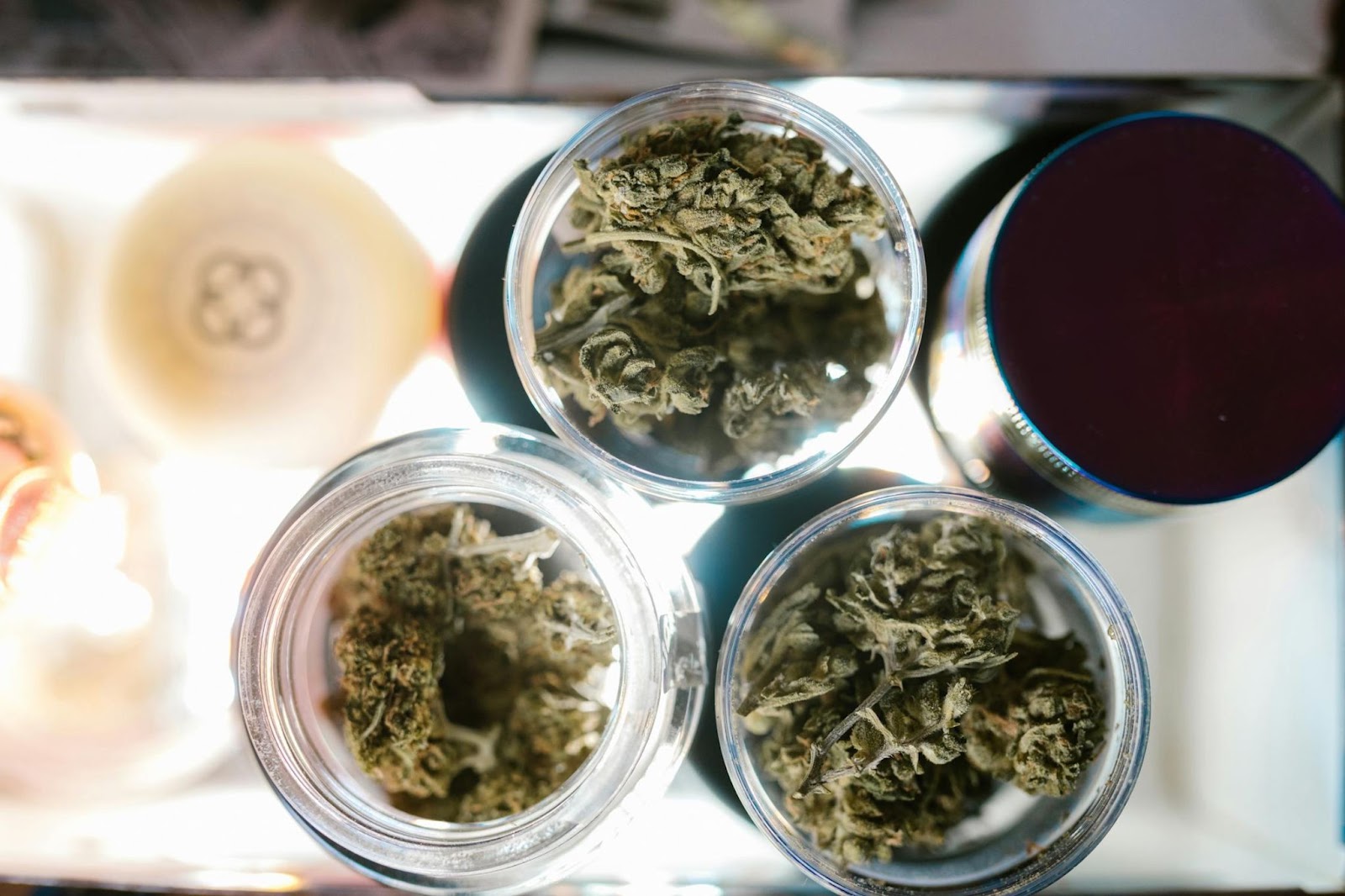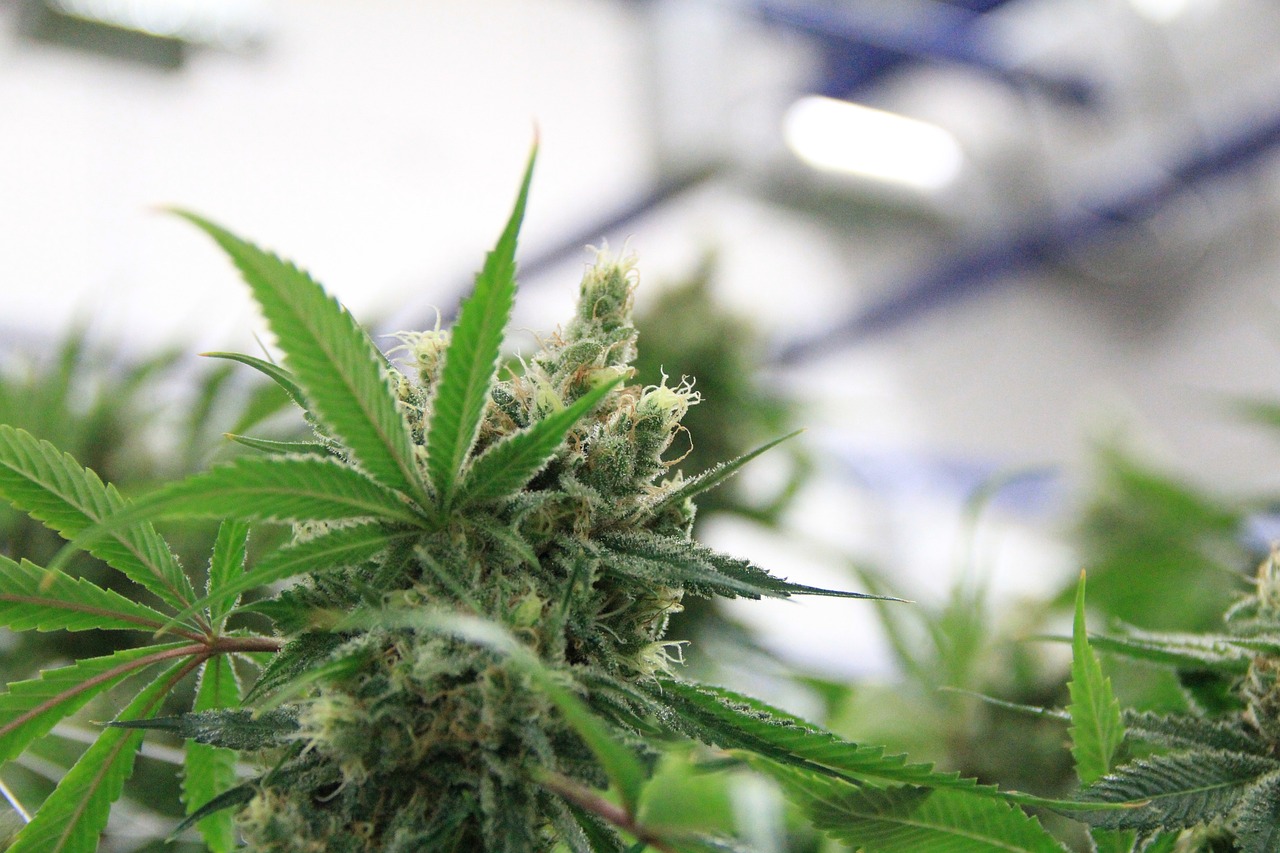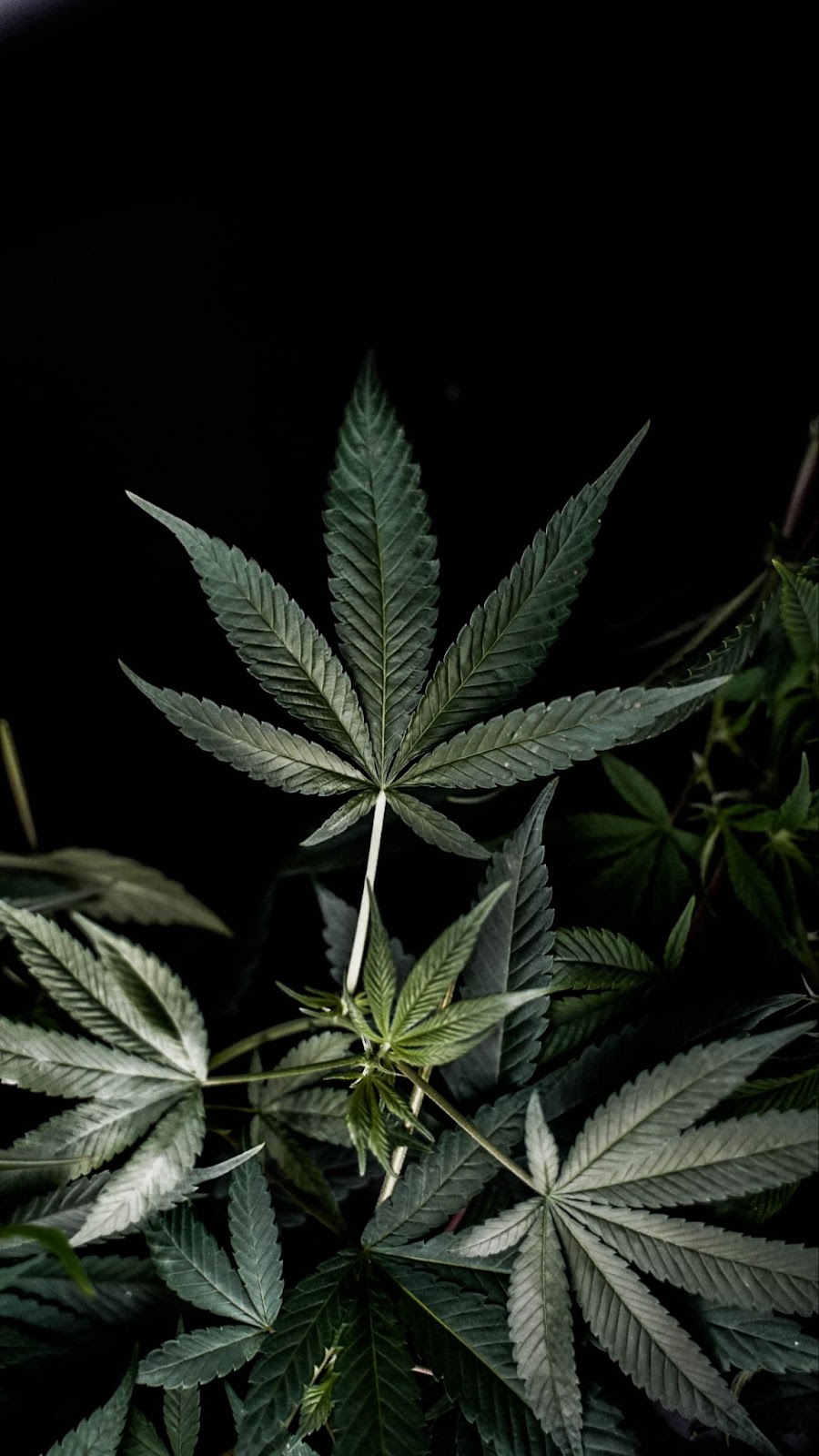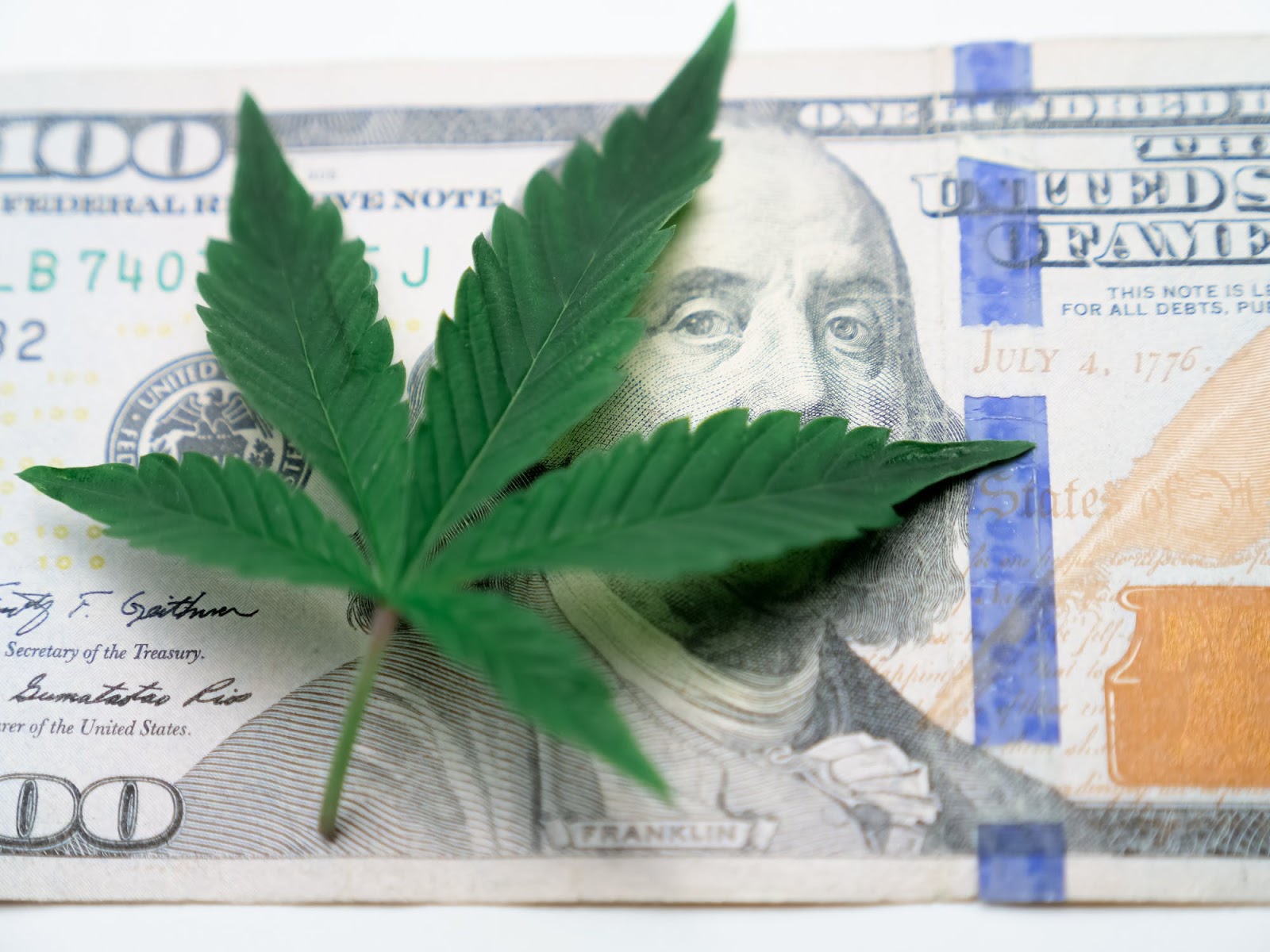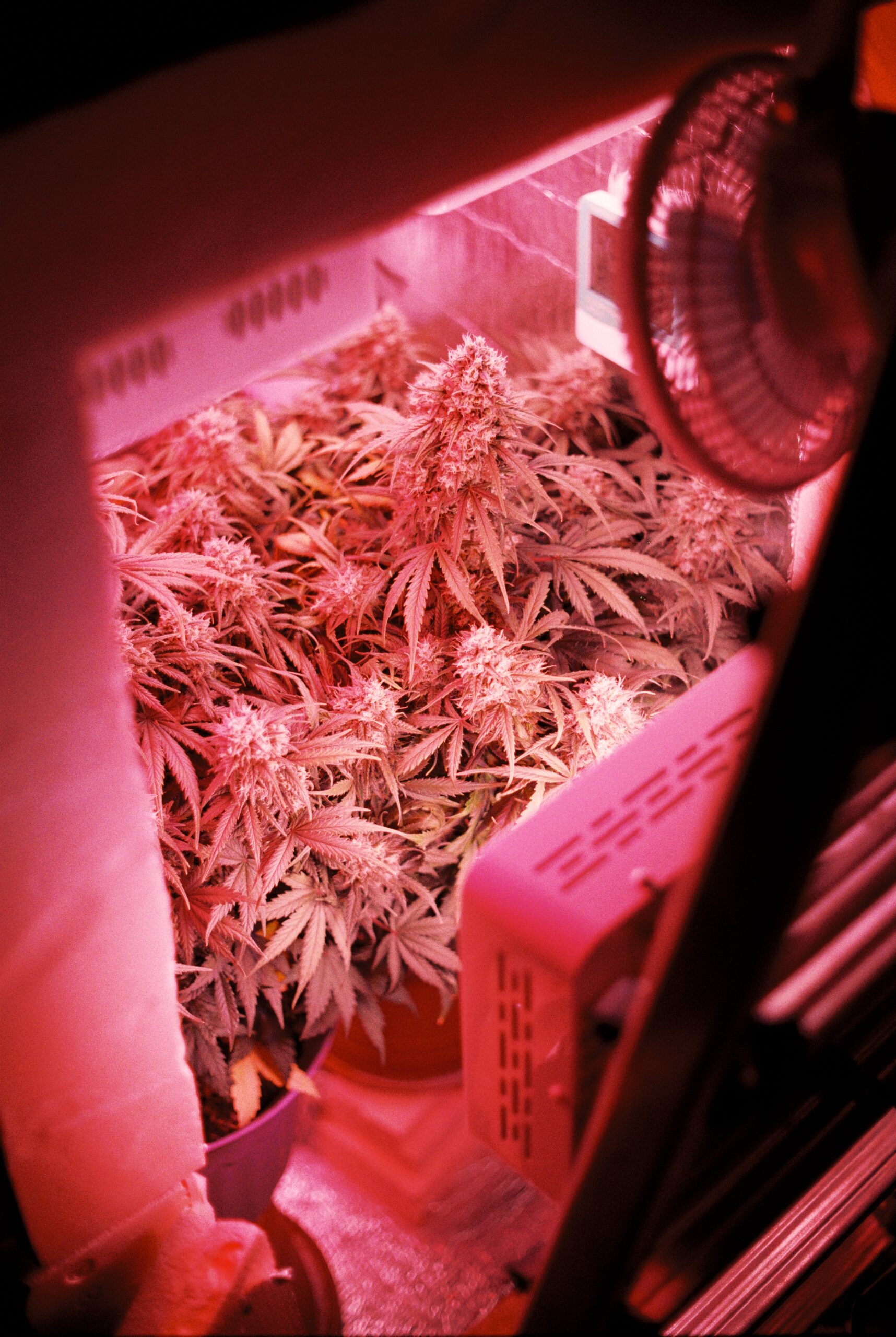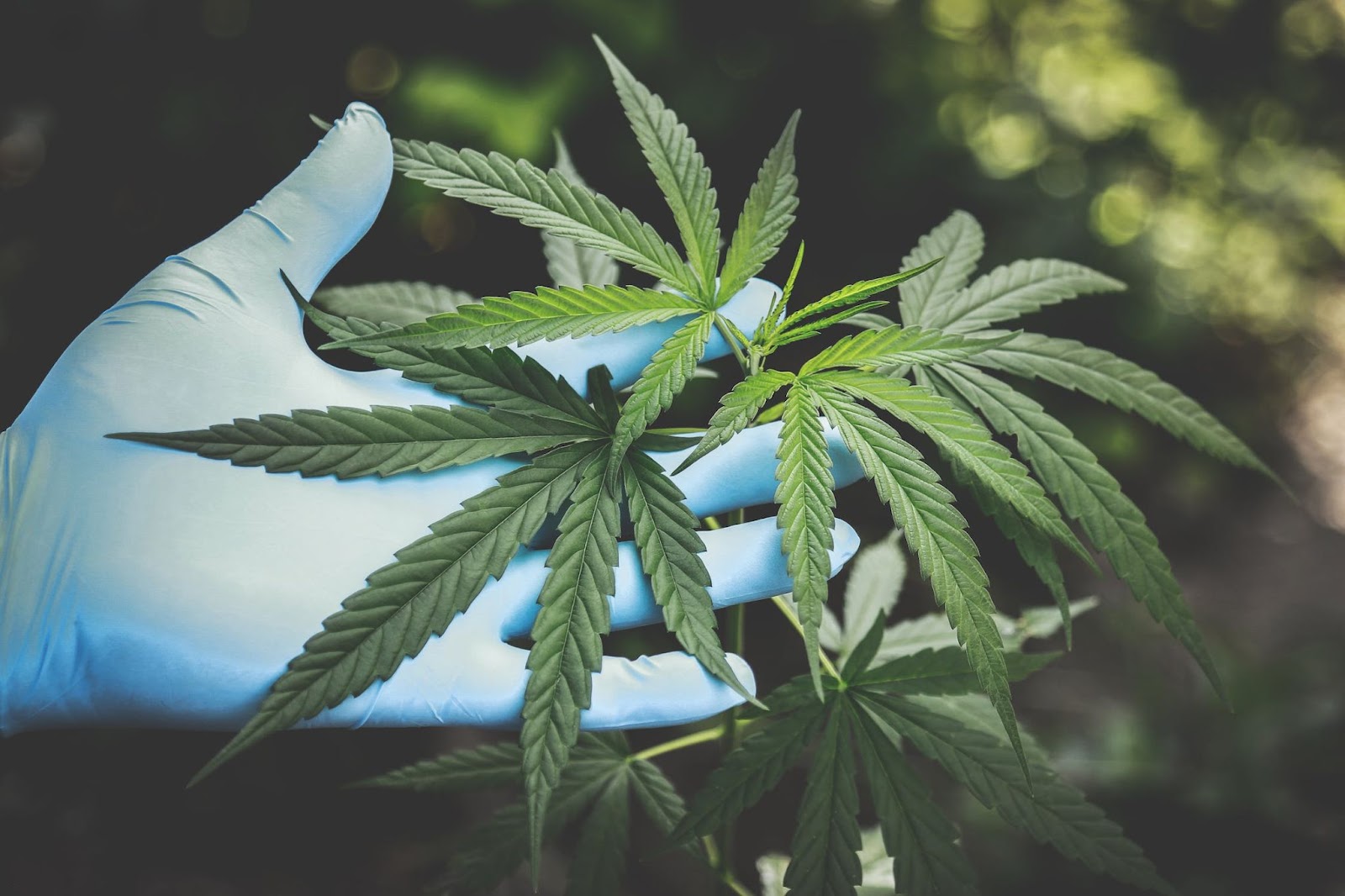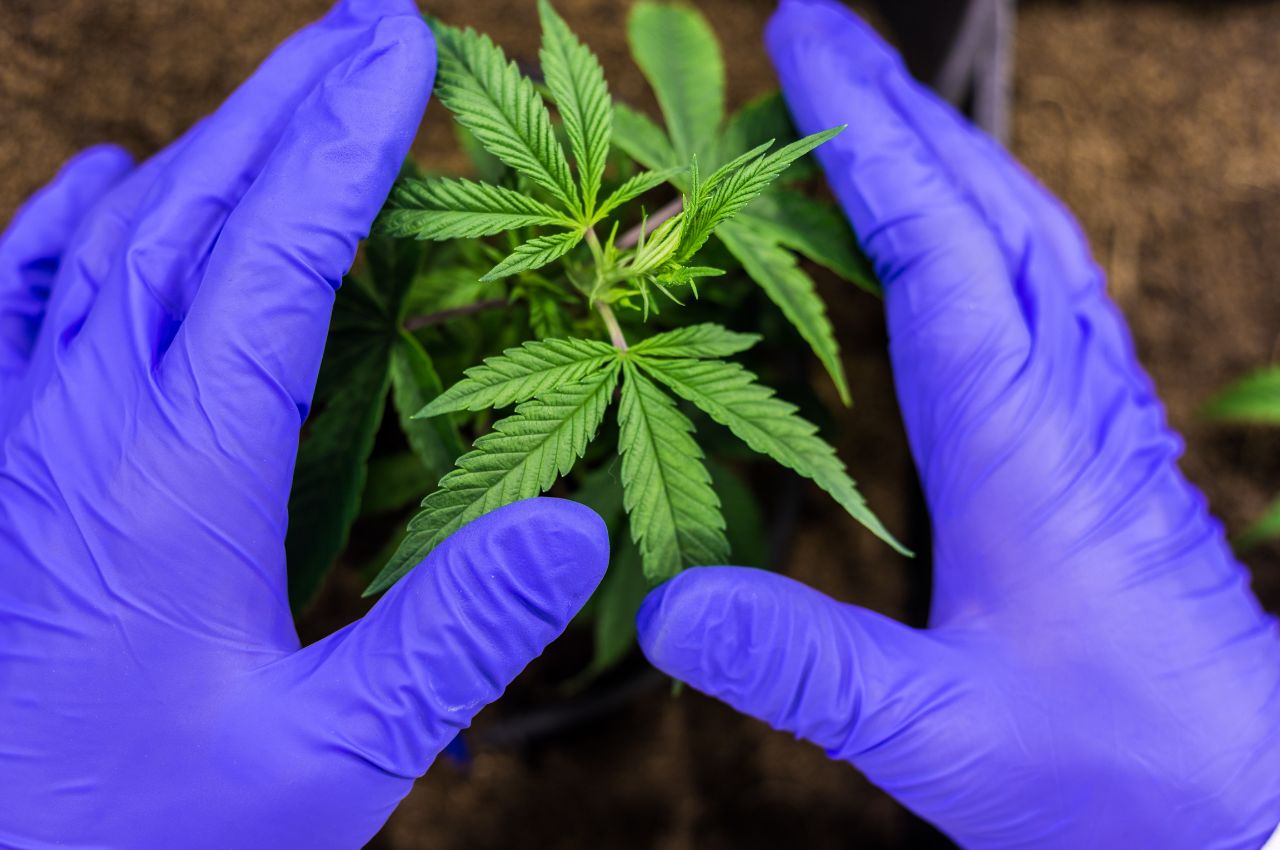Researchers studying forensics at the University of Milan have discovered evidence of cannabis use in the 17th-century remains of two people. This discovery casts doubt on accepted wisdom regarding the origins of cannabis and illuminates its possible significance in the lives of individuals living through a turbulent time in Milan’s history.
Past studies have shown people have been consuming plants with psychotropic effects dating back to 440 BC. In the writings of the Ancient Greek historian Herodotus, the use of cannabis became entangled with social and religious stigma in later centuries. In 1484, Pope Innocent VIII declared cannabis an “unholy sacrament,” and since then, catholicism has been very against marijuana. Herbs with both medicinal and hallucinogenic qualities were suppressed during the Inquisition because they were linked to witchcraft and magic.
In a painstaking investigation, the Laboratory of Forensic Anthropology and Odontology at the University of Milan examined femur bone samples from people buried in the Ca’ Granda Crypt, which is located under a church that is attached to the Ospedale Maggiore, which was Milan’s main hospital for the impoverished in the seventeenth century. Two samples, one from an adolescent boy and the other from a woman in her 50s, rose out of the nine that were examined. Cannabidiol (CBD) and delta-9-tetrahydrocannabinol (THC) were the two cannabinoids that were detected in both. Not only does this discovery show that people were recreationally smoking cannabis for much longer than anticipated, but it was also not stigmatized as something for young people.
Milanese life in the 17th century was marked by extreme poverty, disease, starvation, and poor hygiene. The study’s lead archaeo-toxicologist, Domenico di Candia, speculates that people may have started using cannabis recreationally because of the difficult conditions of the era. Since cannabis isn’t mentioned in Ospedale Maggiore’s medical records, it’s likely that the patient chose to use it for self-medication, relaxation, or just to get away from the harsh realities of life.

Given its historical prominence as a major producer of hemp—a plant derived from the cannabis plant—it is unclear if the general public was aware of the plant’s psychoactive qualities. Former Italian senator Marco Perduca speculates that hemp’s widespread use in a variety of industries may have influenced people’s decision to consume it recreationally. The plant was used medicinally, according to historical records, but the stigma and lack of social acceptance associated with cannabis remained over the ages.
Perduca emphasizes the social shame associated with cannabis use, attributing it to perceptions of losing one’s mind and its historical connection to non-Christian cultures. As a plant originating from the eastern Mediterranean, cannabis was seen as foreign to the prevailing Christian traditions, leading to its association with paganism and movements against the Church and the Holy Roman Empire.
Cannabis is allowed for medical use in contemporary Italy, although discussions about its wider legalization are still ongoing. The frequency and scope of cannabis use in the past are called into question by the discovery of the drug in skeletons from the 17th century. Researchers intend to broaden their investigation to include skeletons from the Roman era among the ten thousand bones found beneath the Ca’ Granda crypt. The results may offer a more sophisticated comprehension of cannabis consumption trends and their historical societal ramifications.
The discovery of cannabis residues in Milanese skeletons from the 17th century provides a rare window into a period of history that dispels myths regarding the plant’s application. As research into cannabis’ cultural, social, and medicinal aspects continues, scientists’ discoveries could lead to a deeper comprehension of the plant’s complex and ever-changing role in human societies over time.











































